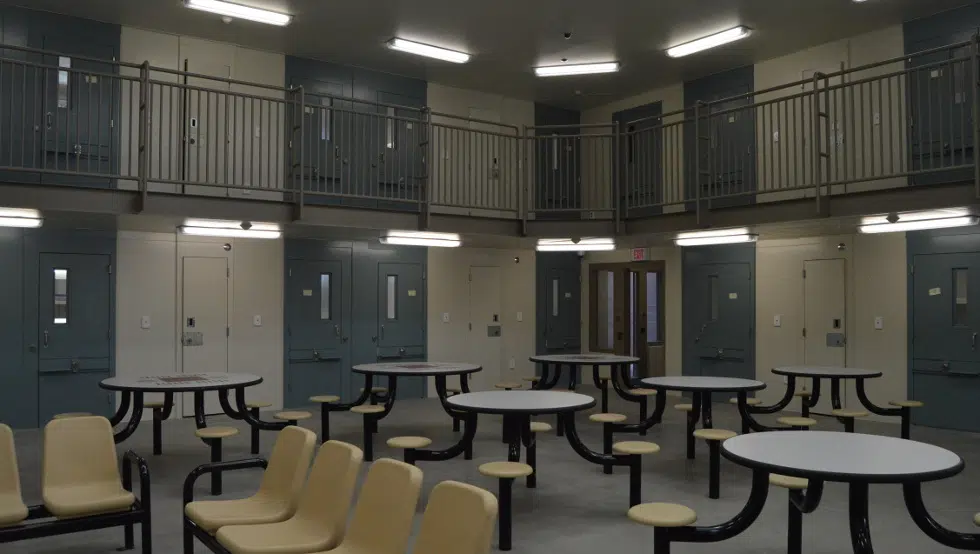
Transgender people face discrimination in prisons: Advocate
Going to prison or jail is rarely a stress-free experience, but advocates agree that incarceration is often truly traumatic for transgender people who find themselves behind bars.
Laura Budd, education coordinator for the Saskatchewan Pride Network, said there are a number of special issues faced by transgender prisoners in Saskatchewan, but the most common is misgendering a transgender inmate when a governing body decides whether to place them in a facility for men or women.
“Often there’s the case of being misgendered, where they are housed with the gender they were assigned at birth instead of the gender they identity with,” Budd said. “There’s a lot of bullying and risk of physical violence.”
Budd said other concerns raised by transgender individuals in the prison system include a sense of isolation, as transgender inmates may not have access to any peer support networks. In addition, transgendered prisoners often have special healthcare requirements including hormone treatments or even surgery which may be overlooked by the correctional system.


